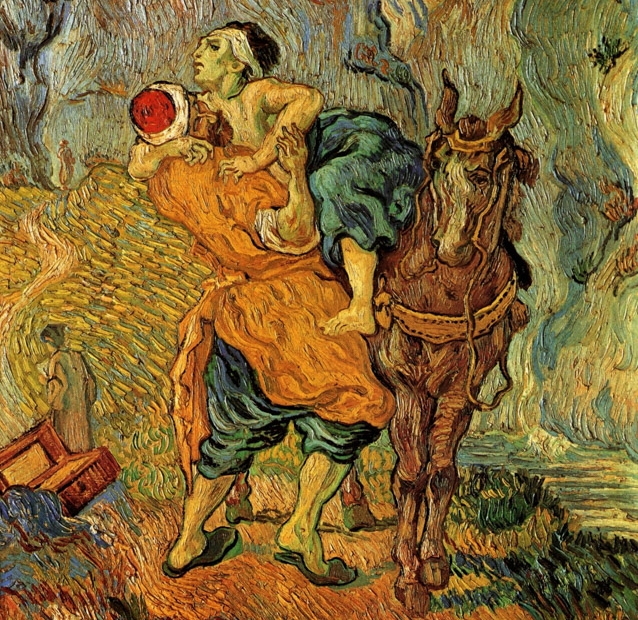The Church as a Field Hospital
This posting from the issue of Liturgy dealing with “Pastoral Liturgy and Pope Francis,” guest-edited by Katharine Harmon, looks at Pope Francis’ “revolution of tenderness” as a way to envision evangelization in our era. This essay is by Katharine Mahon, a visiting assistant professional specialist in the Department of Theology at the University of Notre Dame in Indiana.
Protestants and Roman Catholics alike may find in Pope Francis’ words about sharing the gospel message new ways to imagine inviting people into faith or into deeper faith. –– Melinda Quivik
The following is an excerpt from Katharine Mahon’s essay “Serving the New Evangelization: Opportunities and Challenges in Catechesis and Pastoral Ministry in the Vision of Pope Francis”:
In April 2017, Pope Francis addressed the world with the latest trend in the long history of innovations in evangelization: a TED Talk whose series theme was “The Future You.” Pope Francis discussed the future of humanity, calling for a “revolution of tenderness.” He made this same appeal during the Jubilee Year of Mercy (December 2015 to December 2016) in his encyclical Amoris Laetitia, and in his 2013 apostolic exhortation Evangelii Gaudium: a mission to mercy, to self-giving love, to reconciliation, to life lived in community, and to service for others.
By participating in a TED Talk, Pope Francis utilized the twenty-first century’s New Evangelization. Yet his dramatic message of hope that all people might be transformed by a revolution of tenderness is not just an extension of his emphasis on mercy within the church; it is. . . a call to renew and re-evangelize those who have lost a sense of their faith and their membership in the church. . . a movement of renewal and revitalization within our parishes, dioceses, and our church, and within our communities, our families, and ourselves.
Since the term’s first use in Saint John Paul II’s pontificate, the effects of secularization and the simultaneous forces of individualism and consumerism have wreaked havoc on individual Christians’ faith lives, their family faith lives, parishes, and the church as a whole. The New Evangelization, then, is even more urgently needed now than it was in 1990, and it is to this need that Pope Francis, in his emphasis on mercy, has responded.
Pope Francis understands the tenderness of God’s love as suffusing those areas where we think it impossible to find God—in the mundane aspects of our lives. God’s mercy must find its expression, through the New Evangelization, in the witness of the church against forces that reject God, cut us off from community, and promise lasting fulfillment in material things. The New Evangelization, then, becomes the revolution of tenderness: it is “nothing less than a recommitment to God’s own pedagogy of love as mediated through the church’s ministries of proclamation, prayer, and mission.” As a result, the church’s ministries—particularly the arenas of pastoral ministry and catechesis—must ultimately be concerned with Christ’s love and its expression in the church, the body of Christ. It is a conversion to loving as God loves and is central to the work of pastoral ministers and catechists.
The New Evangelization as a revolution of tenderness requires a missionary approach marked by mercy in three fundamental and interrelated ways: first, an integrated system of healing the wounded sinner; second, proclaiming the Good News; and third, teaching or explaining how to live as a follower of Christ. For Francis, healing defines both the world’s most urgent need and the church’s fundamental mission. In a 2013 interview with Anthony Spadaro, Francis explained, “. . . I see the church as a field hospital after battle … . You have to [first] heal … wounds. Then we can talk about everything else … . And you have to start from the ground up.”
Mahon’s full essay is available in Liturgy 33, no. 2 available by personal subscription and through many libraries.
Katharine Mahon, “Serving the New Evangelization: Opportunities and Challenges in Catechesis and Pastoral Ministry in the Vision of Pope Francis,” Liturgy 33, no. 2 (2018): 20-27.
